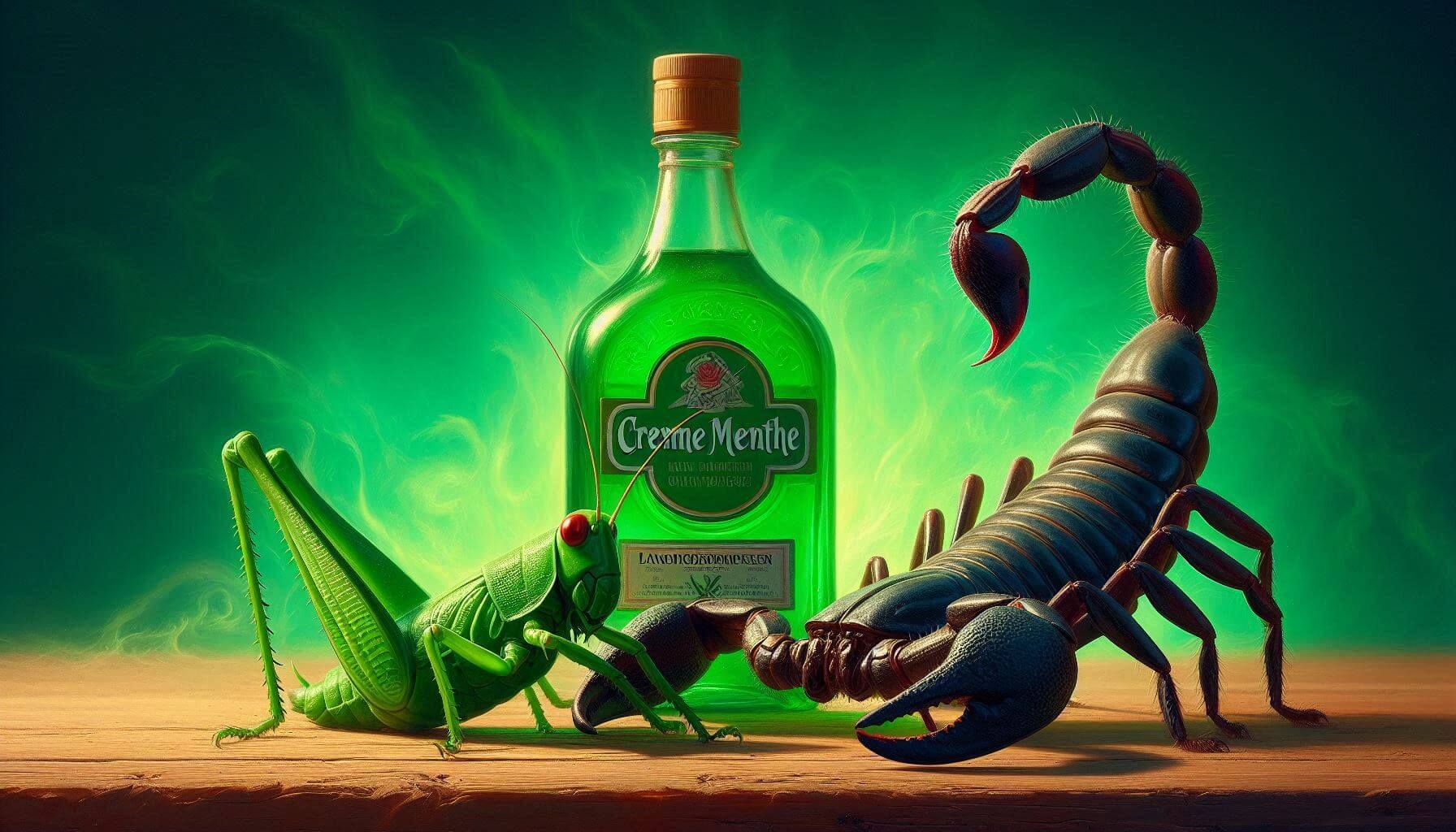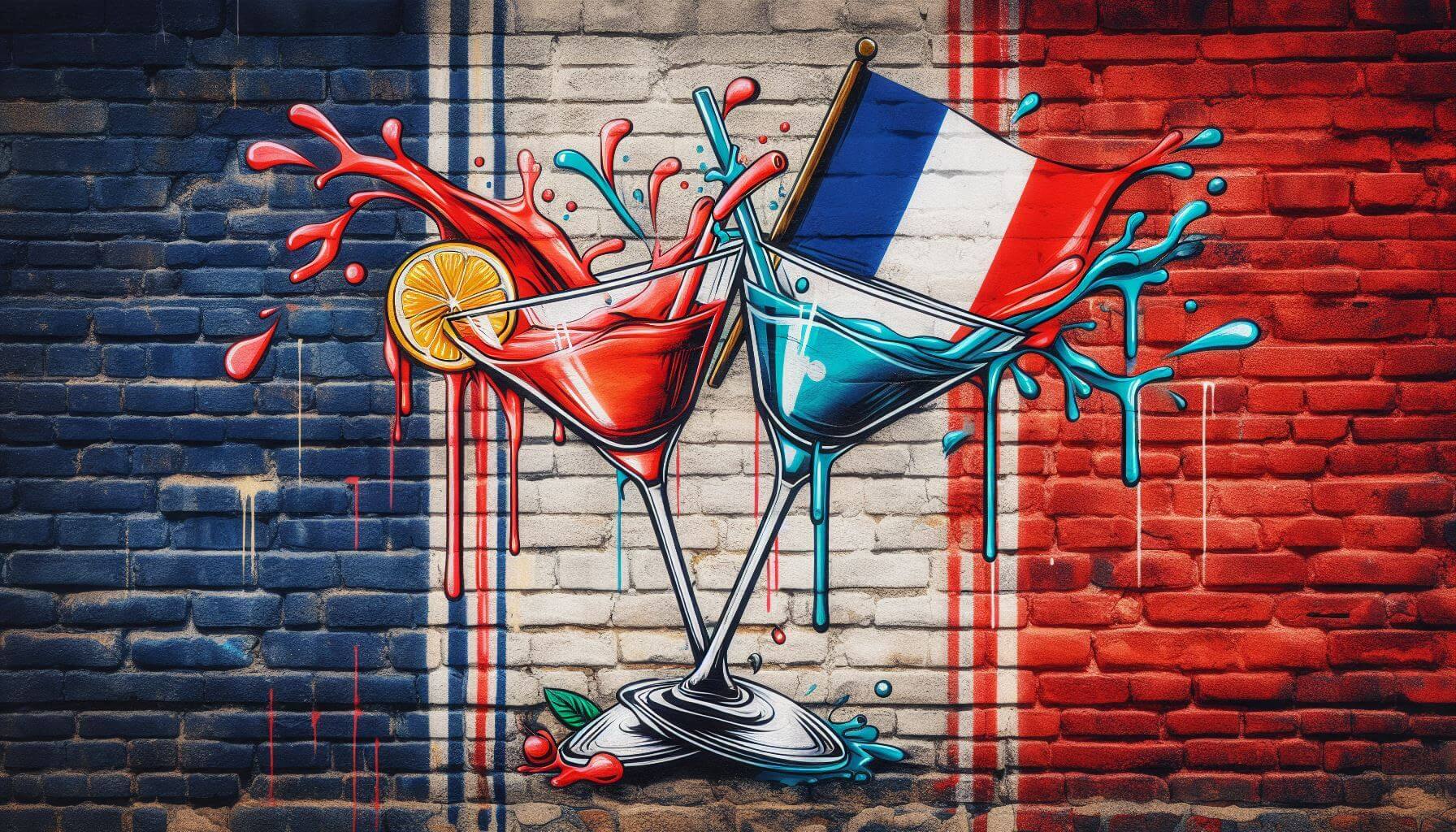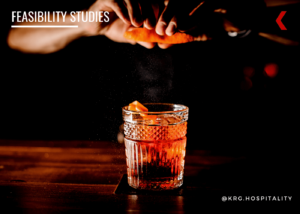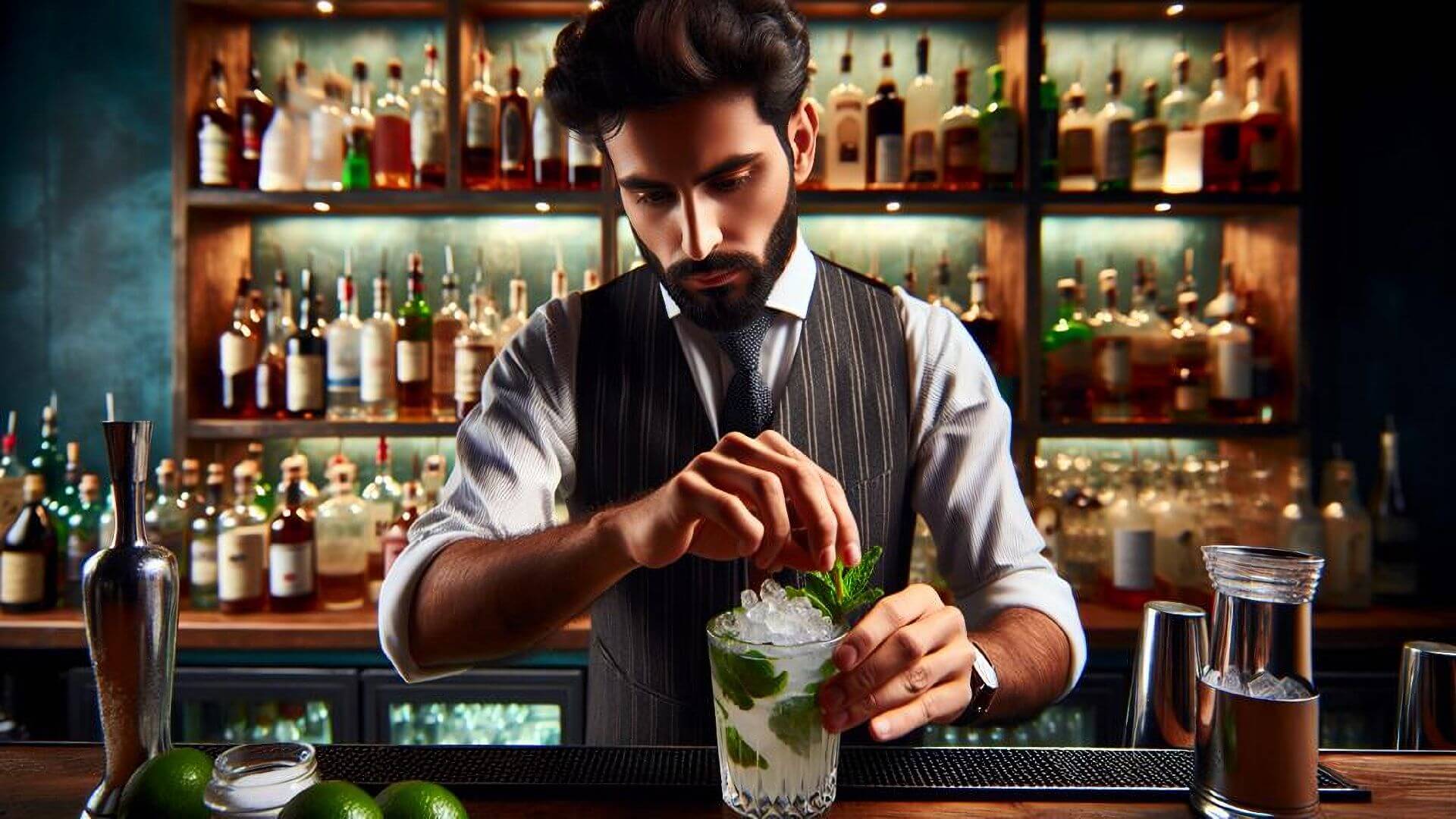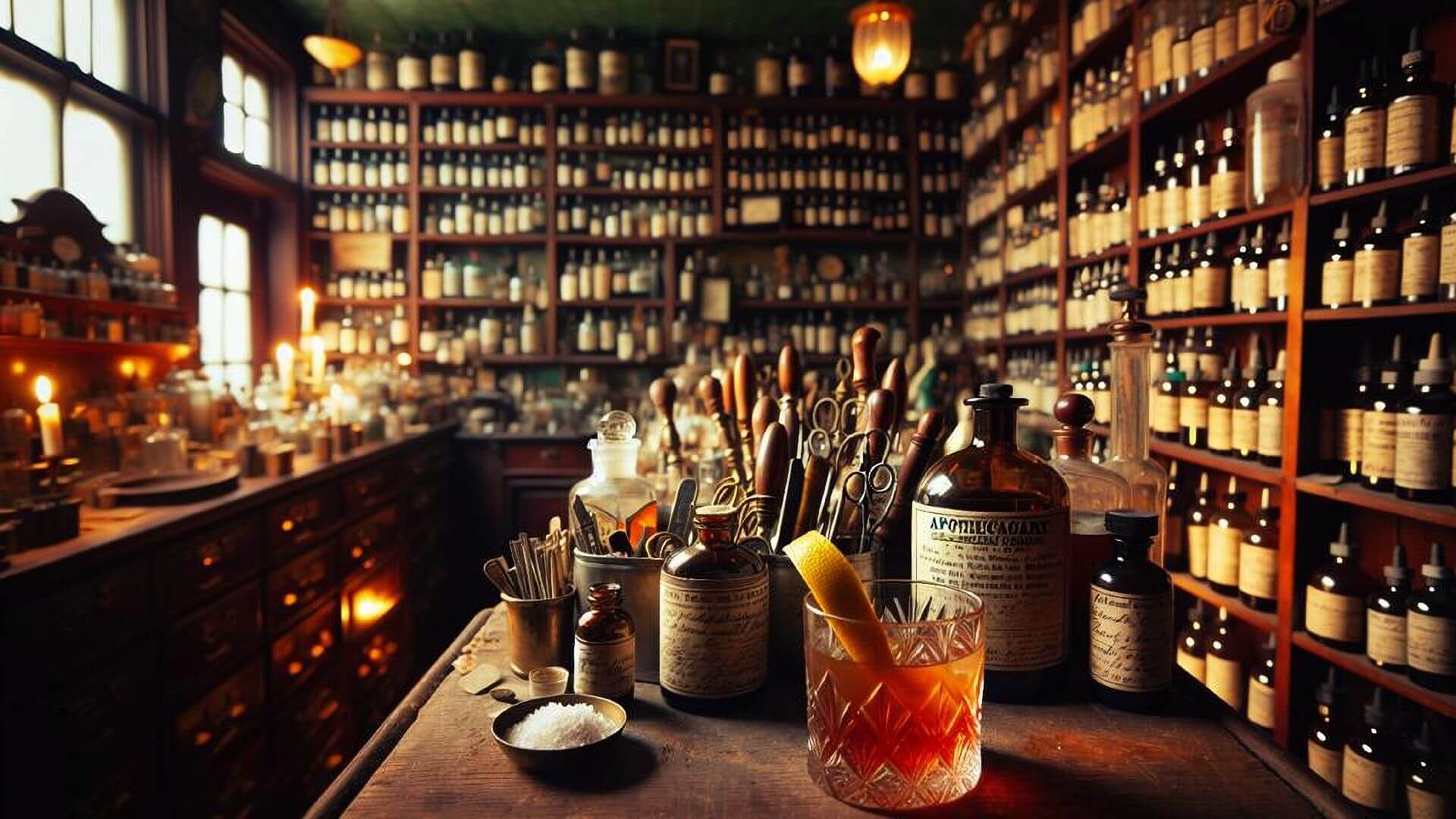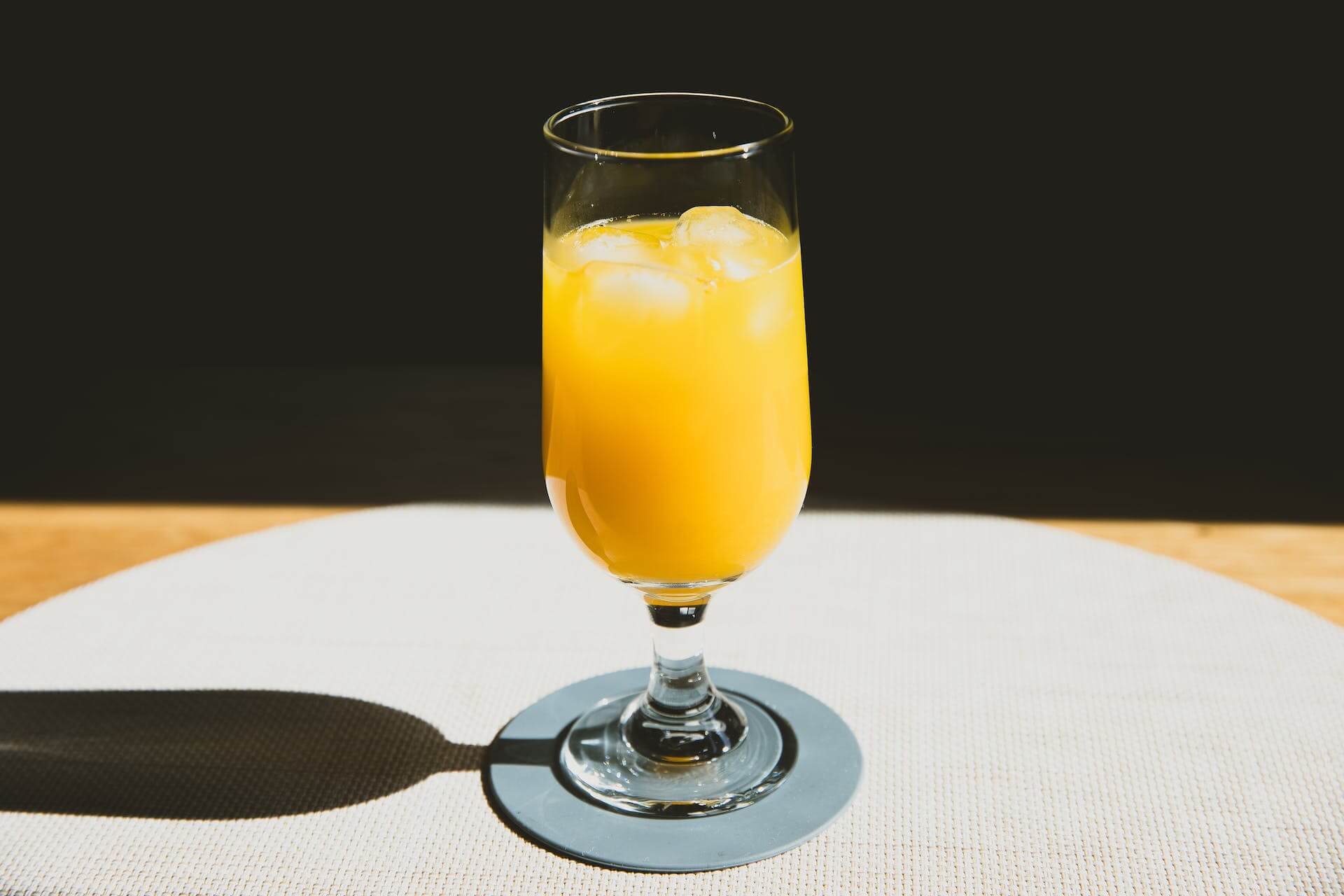5 Books to Read this Month: September 2024
by David Klemt

Our September book selections focus on the 2024 Spirited Award finalists and winner of the Best New Book on Drinks Culture, History, or Spirits category.
These books cover an array of topics, from mastering ice and drink ratios to foraging for botanical cocktail ingredients.
To review the book recommendations from August 2024, click here.
Let’s jump in!
Juke Joints, Jazz Clubs, and Juice: A Cocktail Recipe Book Cocktails from Two Centuries of African American Cookbooks
Toni Tipton-Martin’s book has earned not only a Spirited Award, it’s a James Beard Award nominee, and has been hailed as one of the best cookbooks of the year by several publications. The story of the impact of Black drinking culture on drinking culture as a whole is told through more than 70 recipes.
From Amazon: “Juke Joints, Jazz Clubs, and Juice spotlights the creativity, hospitality, and excellence of Black drinking culture, with classic and modern recipes inspired by formulas found in two centuries’ worth of Black cookbooks. From traditional tipples, such as the Absinthe Frappe or the Clover Leaf Cocktail, to new favorites, like the Jerk-Spiced Bloody Mary and the Gin and Juice 3.0, Toni Tipton-Martin shares a variety of recipes that shine a light on her influences, including underheralded early-twentieth-century icons, like Tom Bullock, Julian Anderson, and Atholene Peyton, and modern superstars, such as Snoop Dogg and T-Pain.”
How to Taste: A Guide to Discovering Flavor and Savoring Life
Tasting, whether food or beverage, is a key component of any hospitality professional’s skillset. To help people get the most out of tasting—and to make it a less-intimidating process—Mandy Naglich has written How to Taste. There are under 100 people with the Advanced Cicerone certification, and Naglich is one of them. I’d say, then, that she’s well qualified to teach others how to maximize a tasting.
From Amazon: “Take a seat beside highly-trained cheese analysts, world-class sommeliers, competitive whiskey tasters, internationally recognized chefs, and sensory scientists as experts divulge the secrets to discerning the notes in a range of ingredients, from a dab of honey to a spoonful of olive oil—and even a sip of mineral water.”
ICE: From Mixed Drinks to Skating Rinks–a Cool History of a Hot Commodity
This may seem like a strange thing to say, but ice, as a commodity, has been “a thing” in America for not much more than 200 years. I think it’s safe to say that it’s also something we tend to take for granted. After all, it’s just frozen water, right?
From Amazon: “In Ice, journalist and historian Amy Brady shares the strange and storied two-hundred-year-old history of ice in America: from the introduction of mixed drinks “on the rocks,” to the nation’s first-ever indoor ice rink, to how delicacies like ice creams and iced tea revolutionized our palates, to the ubiquitous ice machine in every motel across the US. But Ice doesn’t end in the past. Brady also explores the surprising present-day uses of ice in sports, medicine, and sustainable energy—including cutting-edge cryotherapy breast-cancer treatments and new refrigerator technologies that may prove to be more energy efficient—underscoring how precious this commodity is, especially in an age of climate change.”
The Maison Premiere Almanac Cocktails, Oysters, Absinthe, and Other Essential Nutrients for the Sensualist, Aesthete, and Flaneur: A Cocktail Recipe Book
Since opening its doors for the first time in Brooklyn, NY, in 2011, the Maison Premier has established itself as one of the most important and influential drinking and dining establishments in America. One can argue quite easily that it’s considered one of the best bars and restaurants in the world. The Maison Premiere Almanac features 90 cocktail recipes, and it’s a James Beard Award nominee along with being a Spirited Award finalist.
From Amazon: “As captivating as the bar itself, The Maison Premiere Almanac is both a visual delight—drawing on photography, illustration, and graphic design—and a detailed guide to the rarefied subjects that make Maison Premiere unique, including deep explorations into the art of the cocktail and cutting-edge bartending techniques and equipment.”
Yep, I’m taking the opportunity to recommend Doug Radkey’s first book. Radkey is, as you may know, the president of KRG Hospitality. In his this book he explains the importance of nailing the fundamentals in order to:
- start your operator journey in the best possible position;
- stabilize your business; and
- scale when the time comes, if that’s what you want.
From Amazon: “This informative and conversational book is the perfect read for aspiring or seasoned bar, pub, lounge, or even restaurant owners, operators, and managers looking for that competitive edge in operations! If you’re looking for both fundamental and in-depth planning methods, strategies, and industry focused insight to either start or grow a scalable, sustainable, memorable, profitable, and consistent venue in today’s cut-throat industry–Bar Hacks is written just for you!”




